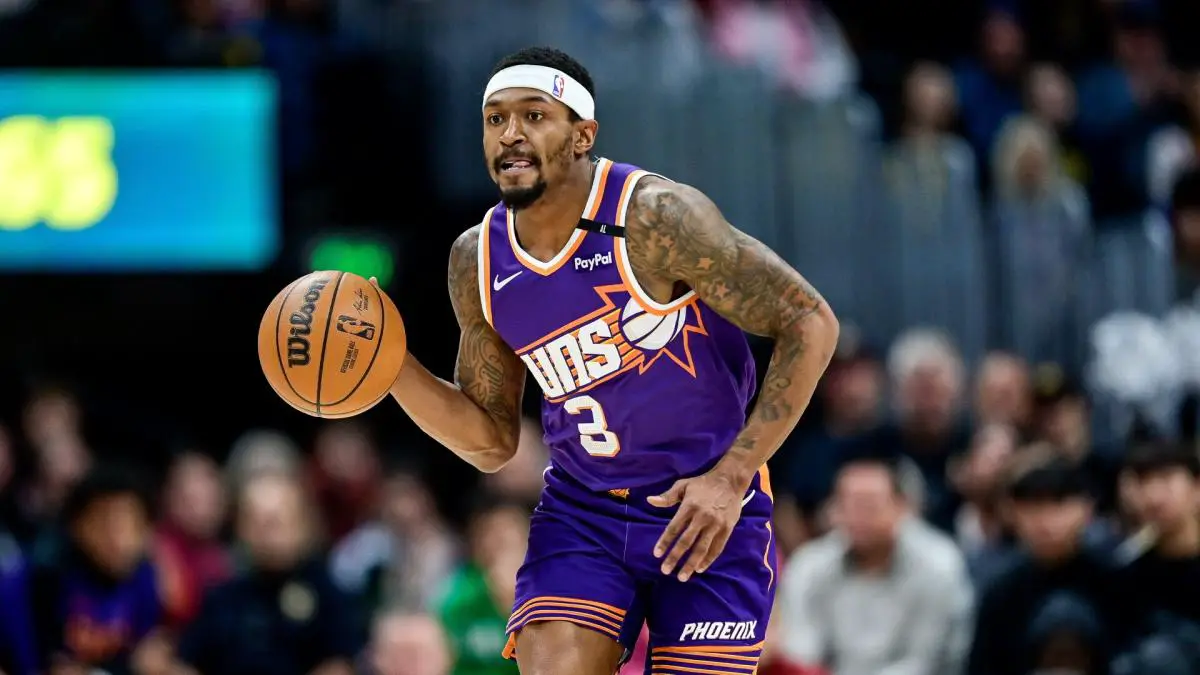Musicals used to be associated with glee club kids more likely to be wearing jazz shoes than anything cutting edge from the catwalks. But with the film version of Wicked – which was released this weekend and was expected to take more than $100m (£80m) at the US box office alone – promoted by global pop star Ariana Grande and actor Cynthia Erivo wearing Vivienne Westwood, Schiaparelli and Louis Vuitton, musicals are having a pitch-perfect style moment.
Even before it opened, there was a glut of Wicked collaborations across skincare, haircare and hoodies – more than 400 in total, including Gap, Kipling, Crocs, H&M, Claire’s Accessories and Marks & Spencer. Fancy London department store Liberty, with its tasteful Tudor-beamed building, has teamed up with Universal Pictures to make over its windows Wicked-style.
Ryan McBryde, former artistic director at the Mercury theatre in Colchester, who has worked on many musicals, said: “Oz is depicted in Wicked as a kind of high-fashion, elitist society. They’re all dressing in high couture.” He added: “It makes perfect sense that those companies should buy into that.”
That a musical – albeit one in the cinema rather than on stage – is having such a jazz-hands fashion moment arguably reflects a wider trend. On Broadway, a revival of Sunset Boulevard, starring former Pussycat Doll Nicole Scherzinger, has received attention for what the Washington Post called its “Jil Sander-chic costumes”. The costumes of Cabaret at London’s Kit Kat club – the leather, the lingerie – all could have seamlessly sashayed on to spring/summer 2024 catwalks. Plus, Prada and Chanel are centre stage with the new musical of The Devil Wears Prada that recently opened in London’s West End.
Red carpets have for a long time been fashion’s best marketing tool, while costume designers use contemporary fashion as a way to connect to audiences and welcome new ones in. David Benedict, the London theatre critic for Variety, notes that “[costume] designers are looking to place things in a way that people can read”.
Soutra Gilmour, who was the costume designer for Scherzinger’s Sunset Boulevard, wants “the people on stage to reflect and speak to the people in the audience, to be of the same world, to connect through the proscenium”.
Clothes, she says, “are a great way to support that – it’s a language we all read very quickly”.
Enver Chakartash is to thank for the fashion-forward ensembles of Romeo + Juliet, now on Broadway. While it is not strictly speaking a musical, Jack Antonoff, songwriter and producer of Taylor Swift and Sabrina Carpenter, wrote two original songs for the show.
“It was important for the costumes to feel of-the-moment in terms of how young people present themselves,” says Chakartash.
Hence why those costumes include Ludovic de Saint Sernin and Adidas, as well as Vaquera and Salomon. For the balcony scene, they dressed Juliet in a vintage Vivienne Westwood Care Bear T-shirt.
While McBryde points out that musicals “always had a kind of relationship with modern fashion” – he cites Coco Chanel working with Jean Cocteau in the 1920s and Halston working with Martin Scorsese on The Act with Liza Minnelli in the 1970s – he thinks that “the difference between then and now is the proliferation of imagery that you can get on the internet”.
after newsletter promotion
Crossover between the two worlds is happening more and more: Es Devlin has designed for musicals as well as for Stormzy, Lorde, Beyoncé, Louis Vuitton and YSL. Tom Scutt, the designer responsible for the Cabaret costumes, has worked with Sam Smith.
Of course some of this fashionable moment for musicals might also be down to chance. That the recent West End production of Oklahoma! felt so on trend was in part thanks to the rise of cowboycore.
Still, there is a drive for modernity within musicals. “Everybody wants to do a take on the show that hasn’t been done before,” says Chakartash. “A lot of the time that leans into making it feel contemporary and relatable and also aspirational.
“When you go to Cabaret, you’re like: ‘Where can I find that seafoam-green coat that looks like [it’s] straight off the Gucci runway?’”
When you go to Wicked, you leave wanting to find emerald green, pastel pink and bubble skirts.






